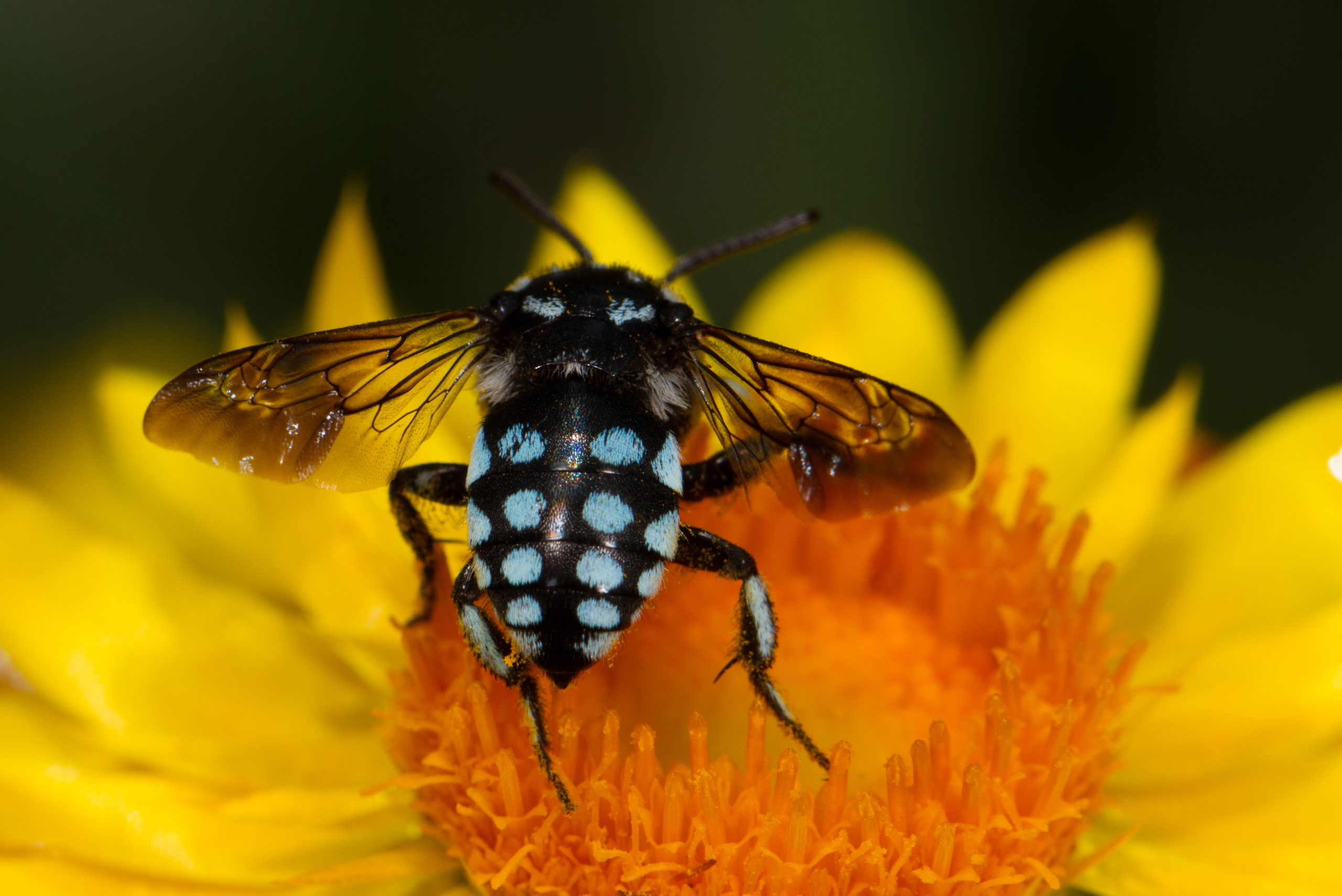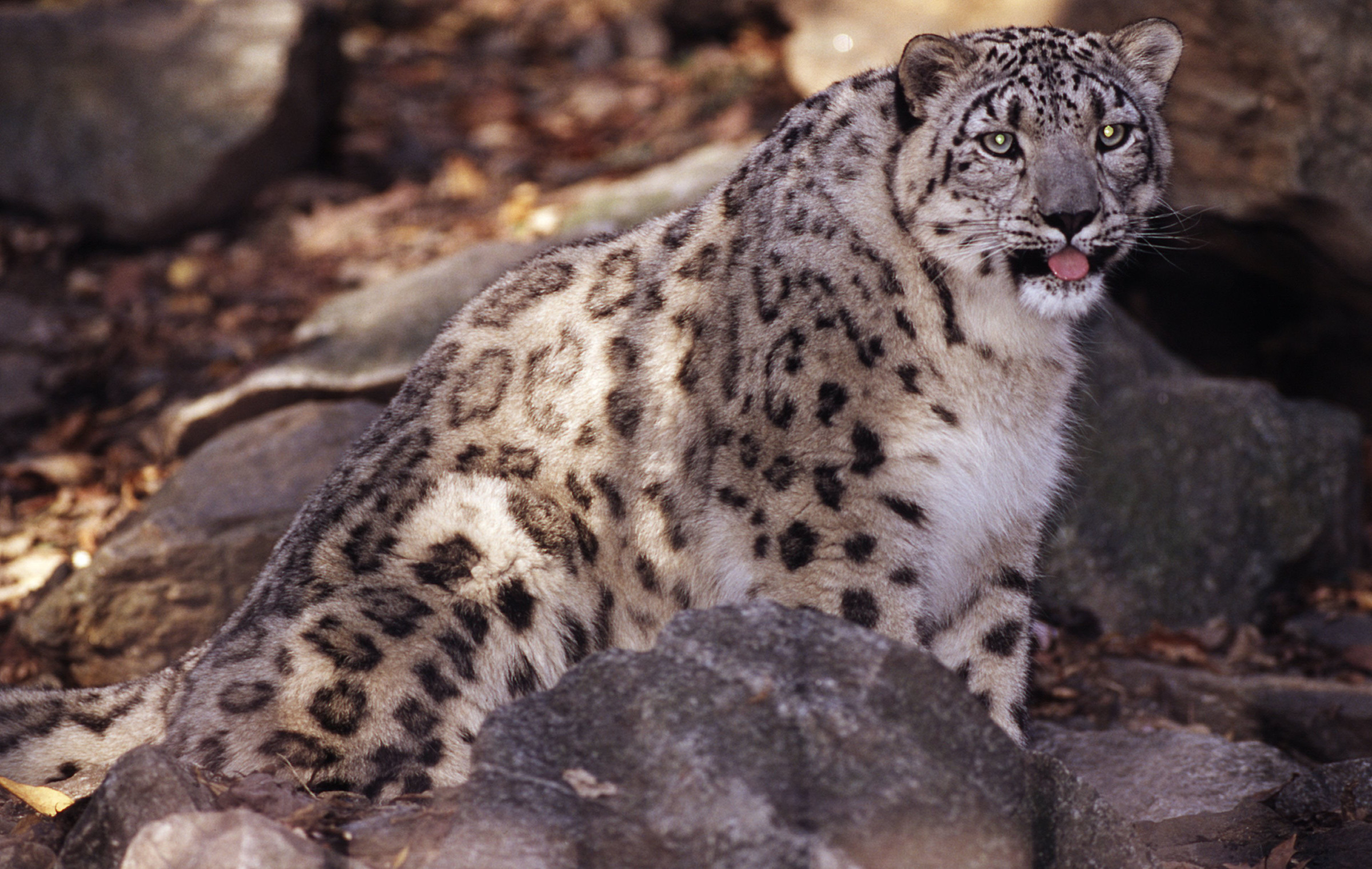LIVING PLANET REPORT 2018
We are the first generation that has a clear picture of the value of nature and the enormous impact we have on it. We may also be the last that can act to reverse this trend.

We are the first generation that has a clear picture of the value of nature and the enormous impact we have on it. We may also be the last that can act to reverse this trend.
Earth is losing biodiversity at a rate seen only during mass extinctions. Unsustainable human activity is pushing the planet’s natural systems that support life on Earth to the edge. As a result, global populations of vertebrate species have declined by an average of 60 per cent in less than 50 years.
The Living Planet Report, WWF’s flagship publication released every two years, is a comprehensive study of trends in global biodiversity and the health of the planet. The Living Planet Report 2018 is the twelfth edition of the report and provides the scientific evidence to what nature has been telling us repeatedly: human development and consumption are having devastating impacts on wildlife, forests, oceans, rivers and climate.
Through multiple indicators including the Living Planet Index (LPI), provided by the Zoological Society of London (ZSL), the report shows us the urgent need for a new global deal for nature and people with clear, ambitious goals, targets and metrics, to reverse the devastating trend of biodiversity loss currently impacting the one planet we all call home.
Wildlife are struggling to hold on in places that are ours to preserve and protect. All across Canada, people are stepping up to help stop wildlife loss. You can, too.
Here’s how:
Governments at all levels, business, industry and the public must immediately join forces to meet Canada’s baseline commitments on biodiversity, protected areas and climate change. Failure to do so will result in continuing wildlife losses, with many species heading towards extinction. Specifically, we must:
 © Martin Harvey / WWF
© Martin Harvey / WWF
Help protect threatened species and their habitats.